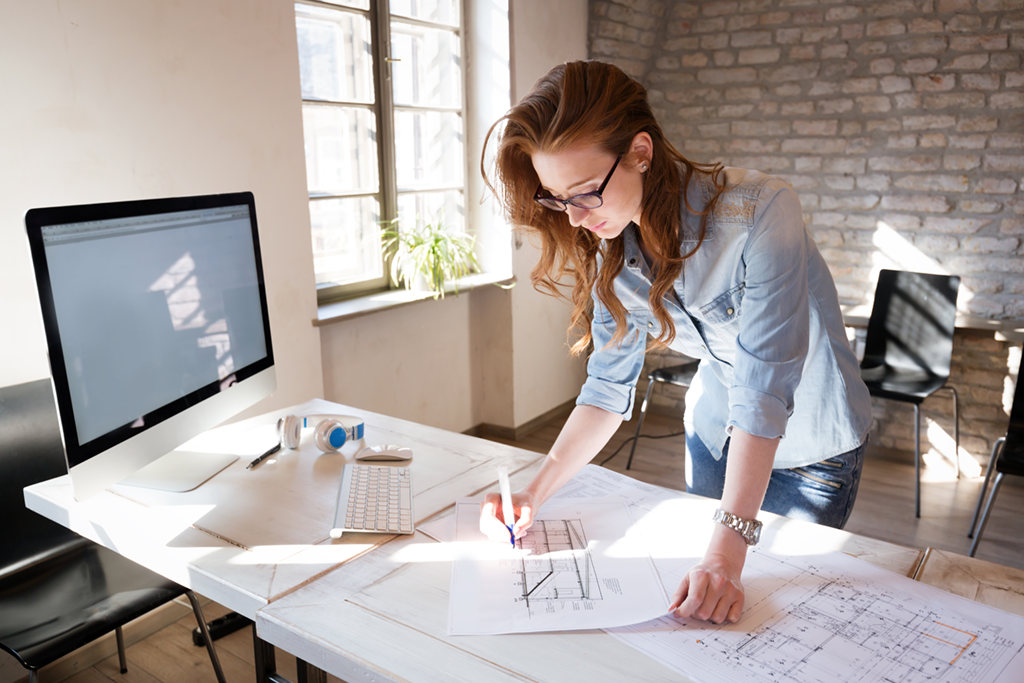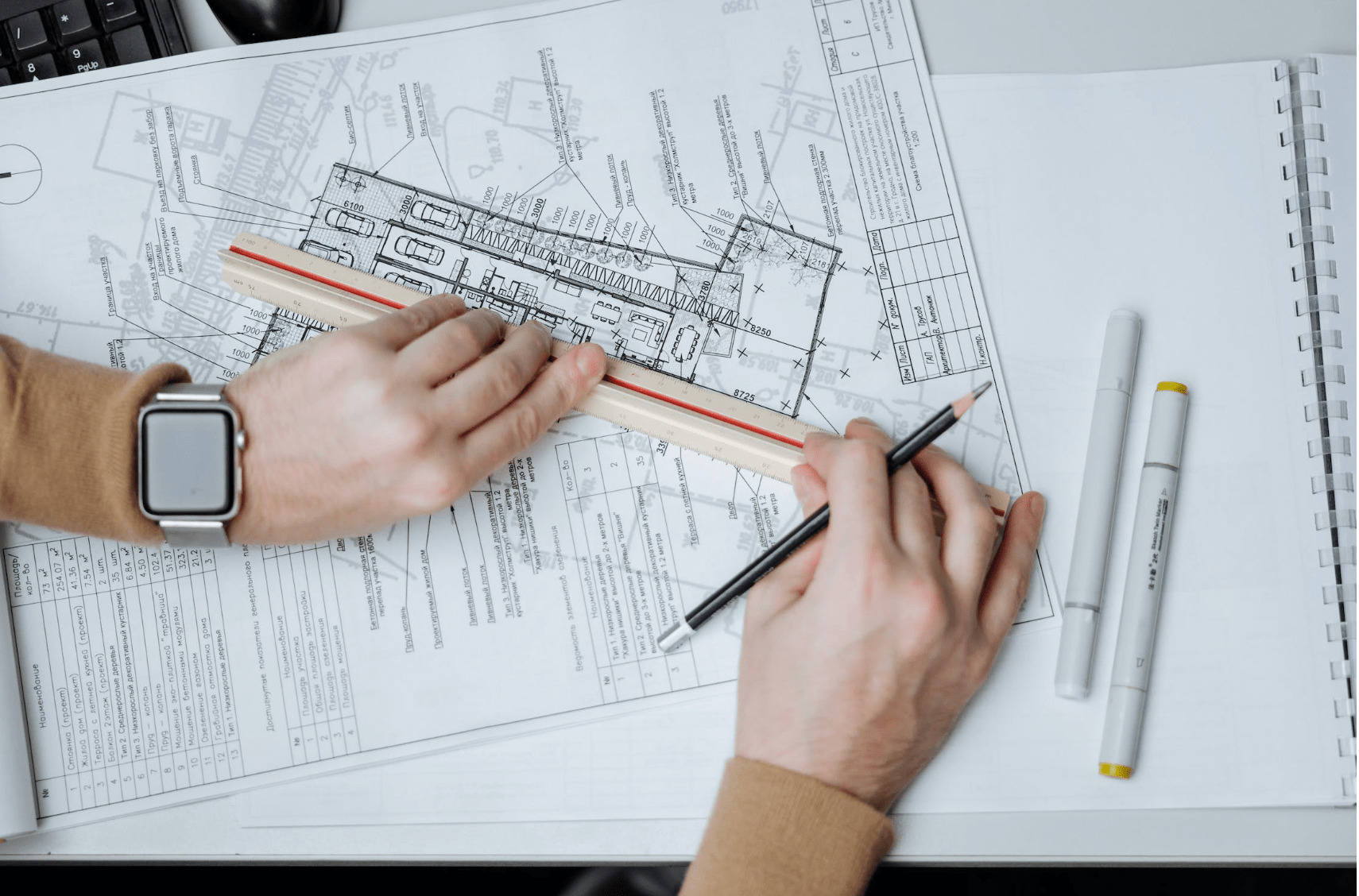Architect Tips for Designing Current Residential Spaces
Architect Tips for Designing Current Residential Spaces
Blog Article
The Role of Sustainability and Modern Technology in Modern Architect Practices
Sustainability and technology are reshaping contemporary architecture in methods you could not anticipate. By embracing smart technologies and environmentally friendly products, designers are not just developing structures; they're crafting atmospheres that boost our top quality of life.
The Value of Lasting Architecture
Sustainable design is essential not simply for the atmosphere yet additionally for enhancing our high quality of life. When you embrace lasting style, you're not simply minimizing your carbon footprint; you're producing areas that promote health and health.
Moreover, sustainable architecture frequently results in more powerful communities. When buildings are made with environmentally friendly methods, they can inspire others to do the same, cultivating a society of sustainability. You'll notice increased property worths and a better sense of pride in your environments.
Last but not least, by prioritizing sustainability, you're investing in the future. You're making certain that future generations enjoy a much healthier world and vivid neighborhoods. When you consider your next job, think regarding how lasting design can boost your life and those around you.
Innovative Materials Changing Building Practices
As you explore ingenious products in design, you'll discover that naturally degradable building products are improving how we consider sustainability. Recycled web content innovations are offering new life to waste, while smart product technologies improve developing effectiveness. These innovations not only advertise eco-friendliness yet additionally push the boundaries of style.
Eco-friendly Building And Construction Products
While standard building materials often contribute to environmental degradation, eco-friendly construction products are emerging as a practical alternative that transforms structure techniques. By incorporating naturally degradable options into your layouts, you're not simply enhancing aesthetic charm; you're also making a favorable effect on the planet. As you adapt to these cutting-edge products, you'll locate that they supply toughness and flexibility, allowing you to produce frameworks that straighten with contemporary values of sustainability and duty.
Recycled Web Content Developments
In recent years, ingenious products with high recycled material have actually reinvented structure techniques, offering architects interesting brand-new alternatives - Architect. You can currently incorporate materials like recycled steel, which not only reduces waste yet likewise flaunts excellent toughness. Recycled glass is one more superb option, supplying visual allure while minimizing environmental influence

Smart Product Technologies
Smart product technologies are improving the way you assume about constructing techniques, using vibrant options that adjust to changing problems. These ingenious products, such as self-healing concrete and thermochromic glass, improve building performance and sustainability. When damaged-- these innovations are no longer simply concepts, picture structures that can adjust to temperature changes or fix themselves. By integrating clever materials, you can create energy-efficient layouts that react to their environment, reducing total power usage. The capability to adapt and keep an eye on in real-time streamlines upkeep and lengthens the life expectancy of buildings. As you welcome these modern technologies, you're not simply innovating; you're adding to a much more sustainable future in design, combining capability with environmental responsibility.
The Assimilation of Smart Technologies in Design
As modern technology progresses, incorporating clever services right into building style comes to be necessary for producing sustainable and effective areas. You can integrate wise technologies like constructing management systems, which maximize power usage and boost occupant comfort. Sensors can check ecological problems, adjusting illumination and temperature level automatically based on real-time information. This versatility not just boosts individual experience however also lowers power intake.
Including Internet of Points (IoT) devices permits seamless interaction among various building systems, allowing you to make data-driven decisions that enhance performance. Smart products that respond to ecological modifications can better improve your layout, providing vibrant services to ever-changing conditions.
Power Efficiency and Renewable Energy Solutions
While several architects concentrate on appearances, focusing on energy efficiency and sustainable power solutions is vital for sustainable design. You can begin by including easy solar design, which maximizes all-natural light and warmth, minimizing reliance on synthetic illumination and heating unit. Utilize high-performance insulation and energy-efficient windows to lessen energy loss.
Don't forget renewable power systems-- set up solar panels or wind turbines to create clean power on-site. You can additionally think about integrating geothermal heating and cooling down systems for a more lasting temperature guideline.
By selecting energy-efficient home appliances and lighting, you'll not just lower energy consumption yet likewise reduced operational expenses for developing residents.
Including these principles into your designs not just benefits the atmosphere but additionally improves the structure's charm and worth. Eventually, your dedication to energy efficiency and renewable resource will establish your tasks apart in a competitive market.
Water Conservation Techniques in Modern Style
Incorporating water conservation approaches into contemporary style is important for developing sustainable structures that decrease ecological effect. You can achieve this by incorporating rainwater harvesting systems, which save and accumulate rain for irrigation and non-potable uses. Carrying out low-flow components and clever watering systems likewise reduces water consumption, making certain effective usage throughout the building.
Consider making use of drought-resistant landscaping, which needs much less water and promotes biodiversity. Including permeable paving products allows rain to infiltrate the ground, reducing runoff and charging groundwater supplies.
Furthermore, setting company website up greywater recycling systems can repurpose water from sinks and showers for bathroom flushing or irrigation, more preserving sources.
The Effect of Biophilic Style on Well-Being
Biophilic style brings nature inside, and you'll see its favorable impacts on your health and joy. By boosting interior air high quality and linking you with natural elements, these areas can change your everyday experience. Let's explore just how incorporating these attributes can enhance your total health.
Nature's Impact on Health
When you include components of nature into your environments, it can considerably boost your psychological and physical health and wellness. Biophilic layout, which stresses natural light, plants, and natural materials, promotes a feeling of connection to the outdoors. Welcoming biophilic design is a step toward a healthier lifestyle.
Enhancing Indoor Air High Quality
While lots of people concentrate on aesthetics and functionality in design, improving indoor air top quality plays an important function in your total well-being. Poor air high quality can result in wellness issues like migraines, exhaustion, and respiratory system problems. By including biophilic design aspects, you can improve air high quality naturally. Plants, as an example, not only beautify your area however likewise filter toxins and enhance oxygen levels. Using materials with low unpredictable natural substances (VOCs) better adds to a much healthier indoor atmosphere. Additionally, optimizing natural ventilation aids decrease interior contaminants. Prioritizing these aspects in your layout will not only raise your room however likewise advertise a sense of tranquility and well-being. Ultimately, an emphasis on air quality is vital for a lasting and healthy living setting.
Connection With All-natural Elements
When you link with all-natural components in your space, you not only improve its visual appeal however also substantially boost your well-being. Biophilic layout motivates you to incorporate attributes like plants, natural light, and natural products. These elements create a soothing ambience, lowering tension and anxiousness. Research reveals that being around nature can improve your mood and cognitive feature, assisting you really feel a lot more focused use this link and productive. When you welcome the outdoors inside, you might observe far better air quality and enhanced convenience. Easy modifications, like adding a living wall or large windows, can exceptionally influence your experience (Architect). Inevitably, integrating nature into your environment leads you to a much healthier, happier way of living, cultivating a much deeper connection to the globe around you.
Future Fads in Lasting Architectural Practices
As the globe faces pushing environmental obstacles, architects are significantly welcoming innovative approaches to sustainability that redefine how we style and develop. You'll see a rise in biophilic layout, integrating nature right into urban areas to enhance wellness and lower energy intake. Smart modern technologies, like AI and IoT, are enhancing energy administration in structures, maximizing resource usage, and decreasing waste.
Moreover, modular construction is getting traction, permitting faster, much more reliable building processes while decreasing environmental influence. Using sustainable materials, such as redeemed timber and recycled steels, is ending up being basic technique. As you check out these fads, anticipate a shift toward round layout, stressing the lifecycle of materials and advertising reuse and recycling.
These forward-thinking techniques not just address eco-friendly problems however also develop healthier, much more resilient areas. By remaining educated about these trends, you can assist form a sustainable future in design.
Frequently Asked Concerns
Just How Can Sustainability Affect Task Costs and Spending Plans?
Sustainability can considerably affect task costs and spending plans. You may find that initial financial investments in eco-friendly products or technologies bring about long-term cost savings with energy effectiveness, decreased waste, and possible government rewards, eventually stabilizing the total costs.
What Accreditations Exist for Sustainable Style?
You'll discover several qualifications for lasting architecture, including LEED, BREEAM, and the Living Structure Obstacle. These certifications help you demonstrate your commitment to sustainability and can click to read enhance your job's credibility and allure to customers.
How Does Regional Society Impact Lasting Style?
Local culture shapes sustainable style by showing neighborhood products, worths, and practices. You'll discover that integrating local visual appeals and methods not just respects heritage yet also enhances the capability and acceptance of your building jobs.
What Duty Does Client Education And Learning Play in Lasting Practices?
Client education's necessary for advertising sustainable methods. When you inform clients about benefits, costs, and ecological impacts, you equip them to make educated choices, promoting a joint technique that boosts the job's overall sustainability.

Exactly How Can Architects Gauge the Success of Sustainability Campaigns?
You can measure the success of sustainability campaigns by tracking energy consumption, reviewing material performance, and event feedback from clients. Routine audits and contrasts versus standards will help you improve your techniques and showcase renovations properly.
By integrating wise products, you can produce energy-efficient designs that respond to their environment, decreasing total energy consumption.While several designers concentrate on looks, focusing on energy performance and eco-friendly energy options is crucial for sustainable design. Biophilic design, which emphasizes all-natural light, plants, and organic products, fosters a sense of connection to the outdoors. Biophilic layout urges you to include functions like plants, all-natural light, and natural materials. As you explore these patterns, anticipate a shift towards round style, emphasizing the lifecycle of materials and advertising reuse and recycling.
Report this page